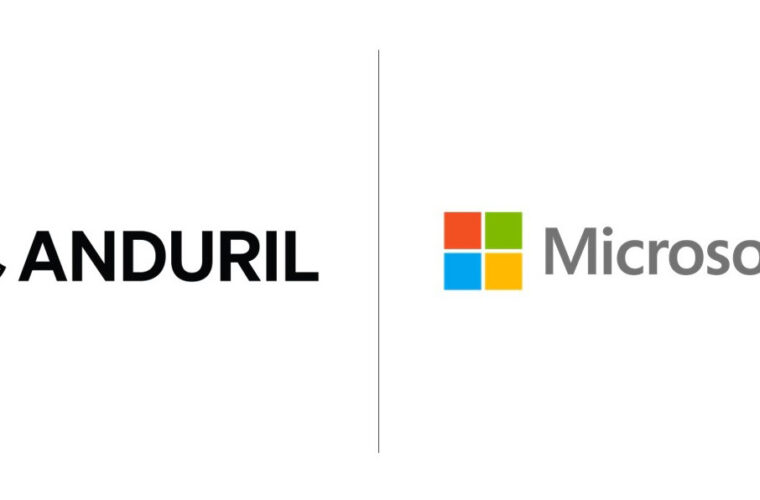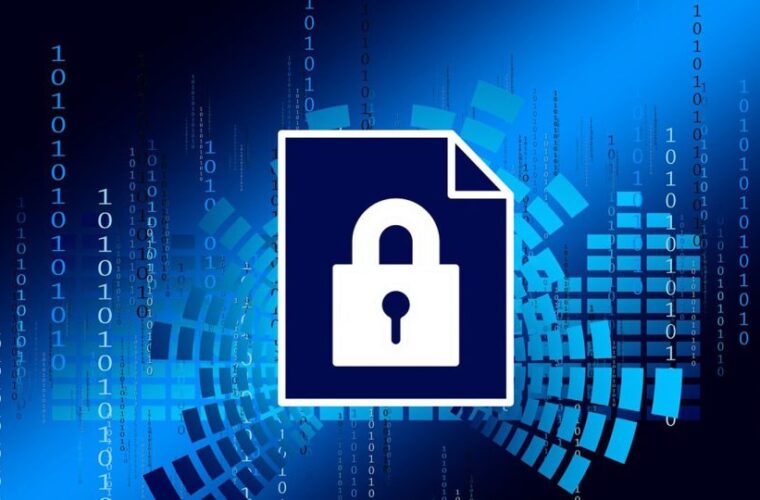Many projects simulate a virtual city centre and exploit big data to test solutions to improve citizens’ lives. The road is long, and the obstacles to overcome are complex, but the direction is right.
The limelight is achieved thanks to games, and then the metaverse makes us look at virtual reality as a technology related to the replication of the world around us and of our own selves to be brought to life in an unreal universe according to the logic of everyday reality. Long before the launch of this new and still unexplored branch, however, virtual models were used in many different fields to simulate reality and test technologies and tools to verify developments and consequences. In the wake of this widely used basis in industry, the concept of the digital twin city was born, applications that, through the massive use of data, make it possible to replicate in an immaterial version a neighbourhood or the entire city to test new solutions and understand their impact on citizens and the environment, to improve conditions for both.
Three-Dimensional Objects
Just as the analysis of three-dimensional objects offers a broader, more detailed, and transversal perspective, thus facilitating the refinement of production processes, at the same time, software, sensors, and big data make it possible to imagine the city of the future, simulating the introduction and use of techniques to manage various areas of the community before implementing them in reality, should they be successful. As if moving through a kind of video game (the comparison with SimCity will come to mind for some), from transport to wireless networks, from energy consumption to waste treatment, passing through security plans, infrastructure implementation and maintenance, and alternatives for public and private mobility, the digital twin is a valuable and effective ally for a city in which to live better.

To understand the strategic importance of the digital twin, we can refer to the words of Thomas Pramotedham, former CEO of Esri Singapore, a country among the first to focus on the virtual replication of urban centres, and current CEO of Presight, a company in the United Arab Emirates that uses artificial intelligence, big data, machine learning, and analytics to develop cities, businesses, and industries of the future.
“Only with a digital twin can governments and industry agencies effectively analyse how to use data to improve the lives of citizens, creating economic opportunities and revitalising the community.” Too optimistic a view? Not really, because it is the facts and the spread of such a conception that prove it, even considering that we are still at a preliminary stage of a method that needs at least another five years to emerge as a priority in many countries tied to outdated tools and technologies.
CityZenith
In Europe and the US, several administrations have chosen to try out the digital twin to optimise urban planning or reduce carbon emissions. One of the most interesting cases comes from Las Vegas. However, it must be considered that the peculiarities of the city built in the Mojave Desert, Nevada, give it a wider, easier, and more immediate room for manoeuvre than almost all other medium- and large-sized urban centres. The city administration has chosen to focus initial efforts on an area of the city centre and the airport area by finding an arrangement with Cityzenith.
This US company develops digital twins to lower buildings’ consumption and ecological footprint. The aim is to bring together 5G networks, IoT technologies, and a digital twin with Cityzenith’s SmartWorldOS Digital Twin platform to obtain the data needed to improve air quality and noise pollution while optimising mobility, water management, and building emissions. “A first step aimed at increasing systems knowledge for the benefit of urban development planners, residents, and businesses, so as to establish a benchmark for all cities around the world to become smarter, more efficient, safer, and more sustainable,” said Michael Sherwood, Chief Innovation Officer, Las Vegas.
One of the most advanced and comprehensive digital twin projects comes from Singapore, where a virtual model was created by combining more than 160,000 aerial images and data from over 100 terabytes. This has resulted in a replica of the city-state complete with pavements and building windows through which the effects of each new structure to be added in reality are analysed. To run its digital version, Singapore uses the 3DExperience platform, developed by France’s Dassault Systèmes. It aims to establish routes for autonomous driving and systems to reconstruct the causes of accidents.

Barcelona – Bologna Agreement
Another interesting and recent initiative comes from the collaboration between Barcelona and Bologna, which have signed a three-year agreement (with an extension for another three years) to develop digital urban twins aimed at implementing an evidence-based and impact assessment model and public policy-making in the fields of urban mobility, energy, urban planning, and greenhouse gas emission reduction policies. The agreement unites the Barcelona Supercomputing Centre – Centro Nacional de Supercomputación with the inter-university consortium CINECA, two of Europe’s largest supercomputing centres, to foster the creation of a European digital infrastructure for urban policies through the promotion of a European network of cities with digital twins. The starting point for this will be the standardisation of data and techniques to ensure European interoperability.
It should be borne in mind that in Las Vegas, as in Singapore and elsewhere, one of the biggest hurdles to overcome is the ability to collect data, even before the subsequent processing through which solutions can be drawn up for testing. Distributing different sensors and devices (often also for the standards in use) is a complex task, not to mention that the results and measurements obtained must be many, up-to-date, and precise to initiate extensive experimentation. And in addition, the many variables that can disrupt everyday life, from the traffic situation to the weather and potential public transport breakdowns, should be taken into account. Cutting everything out of the analysis, which is still complicated to measure, means obtaining partial results or risking burning time and money. But on the other hand, it is also true that to make progress; one must first begin.



